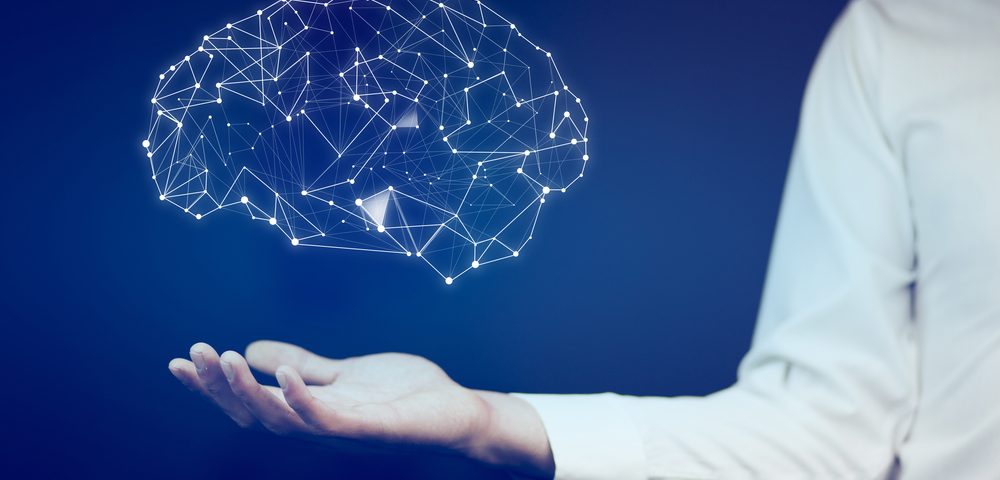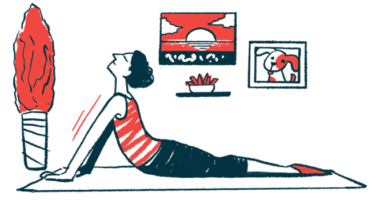Deep Brain Stimulation Technique Lessens Parkinson’s Dyskinesia, Study Finds

Using a parameter called interleaving stimulation (ILS) in deep brain stimulation (DBS) eased dyskinesia — involuntary, jerky movements — in patients with Parkinson’s, according to a new study.
In contrast, the benefits in people with tremor or dystonia — abnormal muscle tone — or in mitigating DBS-induced adverse side effects were not as evident.
The study, “Interleaving Stimulation in Parkinson’s Disease, Tremor, and Dystonia,” was published in the journal Stereotactic and Functional Neurosurgery.
DBS is a surgical treatment for Parkinson’s motor symptoms that involves implanting a device to stimulate specific brain regions using electrical impulses generated by a battery-operated neurostimulator.
ILS is a variant of DBS that enables alternating stimulation with two contacts on different brain regions set with specific measures — amplitude, or wave height, and pulse width. ILS may be applied to lessen stimulation-induced adverse side effects and to simultaneously target different brain regions to ease specific symptoms.
Researchers assessed the applications and outcomes of ILS in clinical practice for patients with Parkinson’s, tremor, and dystonia. The team conducted a review through June 2015, by searching the electronic database at Toronto Western Hospital for all patients receiving DBS and ILS.
The Parkinson’s Disease News Today forums are a place to connect with other patients, share tips and talk about the latest research. Join today!
ILS was preformed in 50 patients — 27 with Parkinson’s (19 men), seven with tremor (three men), and 16 with dystonia (three men). Mean age at diagnosis was 48 for patients with Parkinson’s, 48.6 for people with tremor, and 23.8 for those with dystonia. Age at surgery was 58, 57.8 and 37.8, respectively.
Pre- and post-operative assessments (at six months) were performed with validated scales, including the Unified Parkinson’s Disease Rating Scale part III (motor section), the Fahn-Tolosa-Marin Tremor Rating Scale for patients with tremor, and the Toronto Western Spasmodic Torti-collis Rating Scale and the Burke-Fahn-Marsden Dystonia Rating Scale specifically for those with dystonia.
Twenty-nine patients underwent ILS to manage stimulation-induced adverse effects, mainly to reduce the volume of activated tissue (the amount of brain tissue that is stimulated by electrical activity in DBS). Nineteen participants — 14 with Parkinson’s, two with tremor and three with dystonia — experienced a reduction of symptoms, while 10 (seven with Parkinson’s, one with tremor and two with dystonia) saw no change.
Overall, the benefit of using ILS was predominantly noted in the lessening of dyskinesia — the involuntary, jerky movements — in patients with Parkinson’s disease, and occurred soon after the switch. The average duration of ILS in the six Parkinson’s patients who continued on this approach was 206 days.
Six additional patients also experienced easing of dyskinesia but discontinued the therapy due to worsened pain or mood, temporary benefit, and worsened motor function.
Of the nine Parkinson’s patients receiving ILS for other stimulation-induced adverse effects, only one who tried ILS for dysarthria (slurred or slow speech) continued the treatment with further improvement in parkinsonism.
Three patients with tremor and five with dystonia were receiving ILS for stimulation-induced adverse events. Among these, the approach had mixed results, with only three participants with dystonia showing improvements.
A total of 21 participants tried ILS to improve DBS clinical effectiveness (six Parkinson’s; four tremor; 11 dystonia). Of these, all six Parkinson’s patients and three with dystonia demonstrated benefits. Of the patients with Parkinson’s (mean ILS duration 420 days), four had ILS to reduce tremor, one to lower bradykinesia (slowness of movement), and one to lessen freezing of gait. ILS was not effective in people with tremor and only two patients with dystonia continued with the treatment.
“We identified 2 reasons for attempting ILS: to mitigate adverse effects and to improve disease signs and symptoms,” researchers wrote. “The most impressive finding was improvement of dyskinesias with ILS … In tremor and dystonia, marginal effects in terms of mitigation of adverse effects and improvement of clinical outcomes were evident,” they added.
“Overall, ILS appears to have limited benefits in the treatment of other stimulation-induced adverse effects potentially due to minimal adjustment of the VAT [volume of activated tissue] and would unlikely be effective to salvage a misplaced electrode,” they concluded.






